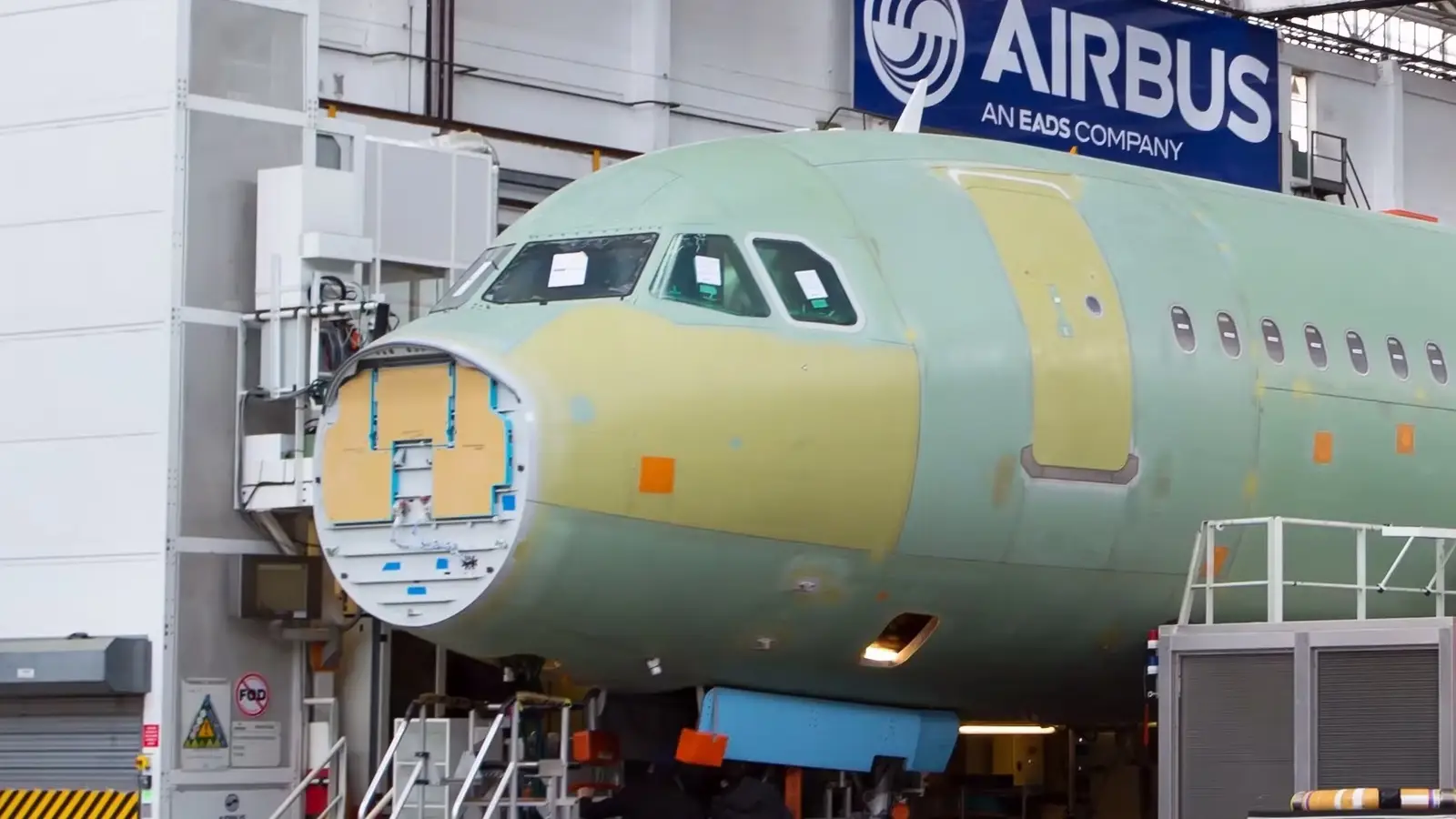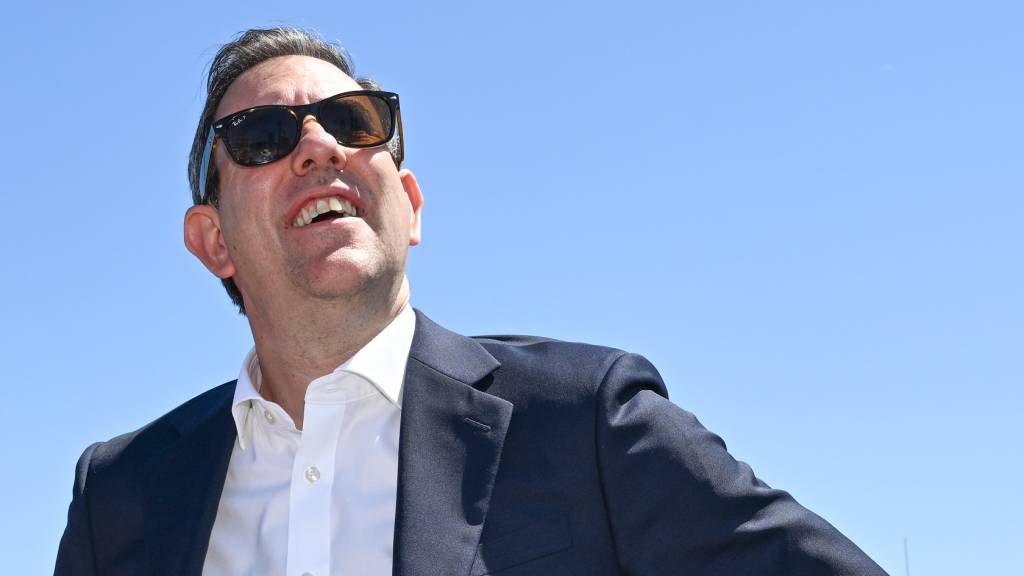
The French aviation market is currently forecast to grow from $6.23 billion in 2024 to $7.47 billion in 2033 at a compound annual growth rate (CAGR) of around 2.04%, driven primarily by tourism, rising incomes, and strong government backing for the industry. France’s industry leadership within the sector is mostly anchored by Airbus and its dynamic research base, which spans across commercial, military, and business aviation.
The nation’s aviation industry infrastructure is also quite extensive, with the country having more than 460 airports. The major hubs of Paris Charles de Gaulle Airport (CDG) and Paris Orly Airport (ORY) are also growing rapidly, with sustainability pushes also being a key factor behind the industry’s rapid expansion. Key players in this space include Airbus, Dassault, Boeing, Embraer, Leonardo, and Textron. We analyze the growth of the market for commercial aircraft in France and where the latest research suggests it will occur over the next decade.
What Exactly Is The Projected Industry Growth Picture?
According to the latest research published by Research & Markets, France’s aviation market is projected to continue growing rapidly over the next few years, with a number of bullish drivers serving as the key catalysts behind these growth forecasts. Across commercial, general, and military aviation, the demand for new aircraft and aircraft components is only set to continue growing. In the commercial market, analysts highlighted growth in both passenger and freight segments.
Key demand drivers included increases in tourism, disposable income, and the desire to pursue network expansion, especially from low-cost carriers. Supply-side tailwinds have also helped support fleet modernization efforts, with funding under the France 2030 program also serving as a key catalyst for long-term growth. Other European aerospace and defense industry initiatives have also been catalysts for this expansion.
Who Are The Biggest Players In this Space?
Airbus remains the principal growth engine for France’s aviation industry, with final assembly, exports, and deeper supplier ecosystems all already embedded in France, amplifying downstream demand for MRO services. Dassault Aviation propels high-value business and defense platforms, sustaining research and development intensity and export-led flows. International players like Boeing, Embraer, Leonardo, Pilatus, Textron Aviation, and Bombardier are all key suppliers of aircraft and components to players in the domestic aviation industry.
These players are key competitors to Dassault and Airbus when it comes to airframe and parts sourcing, as well as pilot and mechanic training. This broadens France’s supplier base and offsets the dominance of the two big domestic manufacturers. There are also a handful of players on the demand side.
Air France-KLM is the largest player, and it is a large airline group that also has low-cost operations. The organization is interested in continuing to grow capacity and renew its fleets, channeling OEM output into passenger and belly-freight revenues. Airports, including CDG and ORY, will continue to be catalysts for commercial air traffic growth through continued modernization efforts.
What Is The Bottom Line When It Comes To All Of This?
At the end of the day, it is relatively unsurprising that industry analysts are forecasting continued bullish growth for the French aviation industry. The nation has multiple thriving airlines and a dynamic manufacturing base.
Legacy customers in the space are interested in continuing to expand their footprint in the industry, pushed by an increase in recent discretionary spending from a number of core travel demographics. Airlines, the French military, and private players alike remain committed to the industry’s long-term growth.



